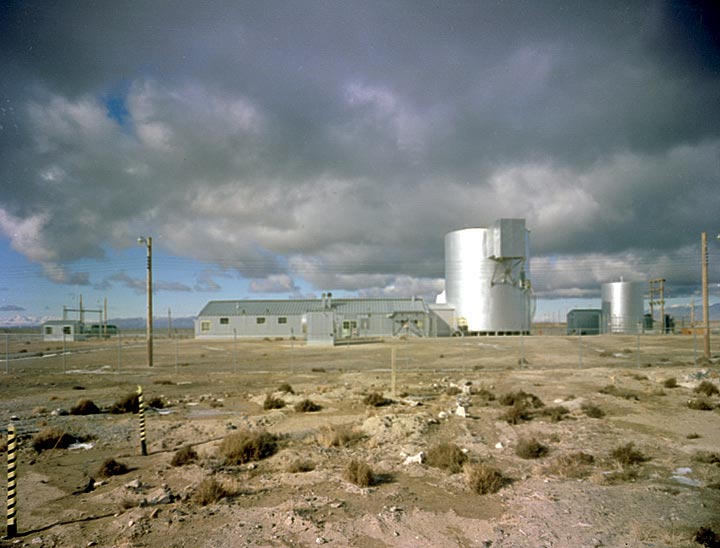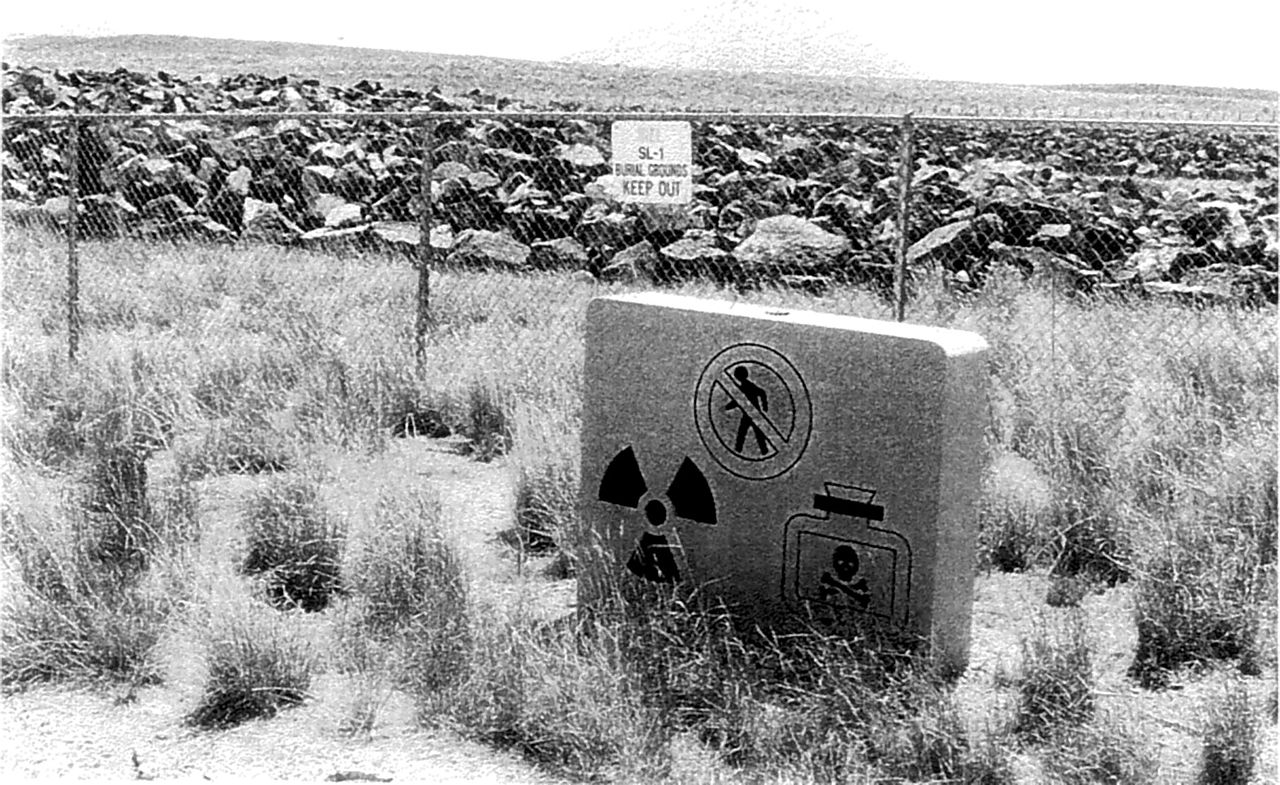First of all: Happy New Year everybody. Let’s trust it will be a better year than 2020 was for most of us.
Towards the end of last year I also promised a new poll. So please vote for one of the following themes for a post in the near future. All candidates have featured in different polls in 2020 and are now given another chance here:
a) dark tourism & flames
b) dark tourism & ash
c) dark tourism & spheres
d) dark tourism & lakes
Please post a comment with your choice below – or if you’re a subscriber to the Newsletter, you can also vote by replying to today’s issue.
Today is also the 60th anniversary of a nuclear accident that is rarely noted, yet it was the only reactor accident in the USA that directly caused fatalities. (There had been earlier accidents at the Los Alamos laboratories, including ones with fatalities as a result of lethal radiation doses, as well as accidents at other reactors where radiation was released, but without killing anybody outright).
The incident in question happened on 3 January 1961 at a reactor testing station in a remote corner of Idaho. The experimental reactor called SL-1 suffered a steam explosion due to a fault with the control rod insertion and extraction mechanism, resulting in a meltdown and the death of the three reactor operators, one of whom was impaled and pinned to the reactor building’s ceiling by an ejected control rod. The accident also released radioactive materials into the atmosphere, requiring a substantial clean-up operation, not least of the destroyed reactor itself, which was eventually buried in the ground nearby. This burial site is still a restricted area off-limits to the general public, and probably for good reason. (The nearby Experimental Breeder Reactor-1, however, is now an “Atomic Museum” and National Historic Landmark, so there are still things of interest for the dedicated “nuclear tourist” in the area.)
The accident is so little known that a 2003 book about it carries the subtitle “The Untold Story of America’s First Nuclear Accident” and the blurb text calls it “one of American history’s best-kept secrets” (William McKeown “Idaho Falls”, ECW Press, 2003).
The photo above, by the way, was taken from the Wikipedia entry about the accident – it shows a safety poster for engineering offices (so for internal use only) and features a photo of the melted SL-1 reactor core. The image is now in the public domain.
Here’s another public-domain photo showing the reactor’s steel containment vessel and ancillary buildings before the accident:

And here’s a photo of the burial site (also in the public domain), with warning signs and keep-out messages on the fence – that’s obviously a historic photograph; what the site looks like now I have no way of knowing, but can only presume it’ll still be much like this today.






9 responses
Happy New Year Peter and Sally!
I’m curious to read about and see your pictures of my choice: d) dark tourism & lakes.
Greetings,
Robert & Laure
Happy New Year!
your vote has been counted
cheers
Happy New Year!
I”m voting for DT and spheres.
Interesting blog thanks. I hadn’t come across this before.
Happy New Year!
your vote has been noted.
And indeed that SL-1 story was totally new to me too when I stumbled upon it. That’s another cool thing about dark tourism: it makes everyday a school day!
cheers
Spheres! Because they all sound fascinating but this would be one I haven’t seen 🙂
noted! Spheres is probably the most mysterious of the four themes. Let’s see if it makes it …
My vote goes to “DT and Flames”
noted!
Hhhhmmmm this is a tricky one – trying to decide between lakes because I love water and miss swimming and spheres because that just sounds intriguing. Given that whenever we get near a lake on our travels in the real world it usually rains and that Vienna is currently forecast a few sunny days, I’d rather not tempt fate and will thus opt for spheres 😉